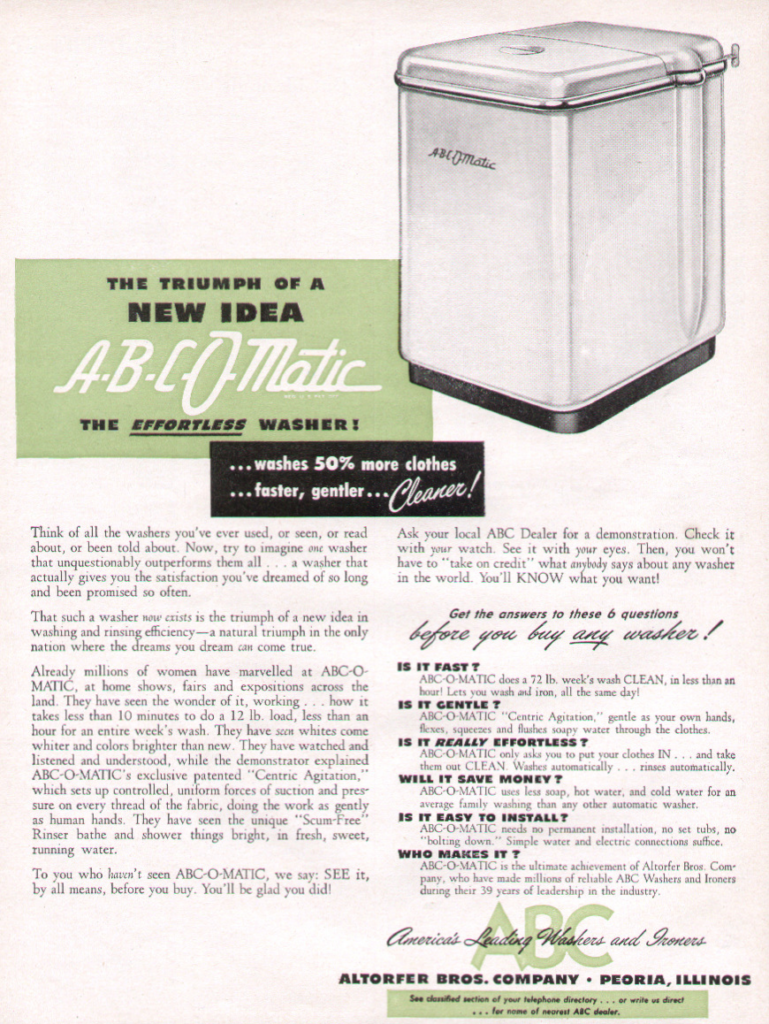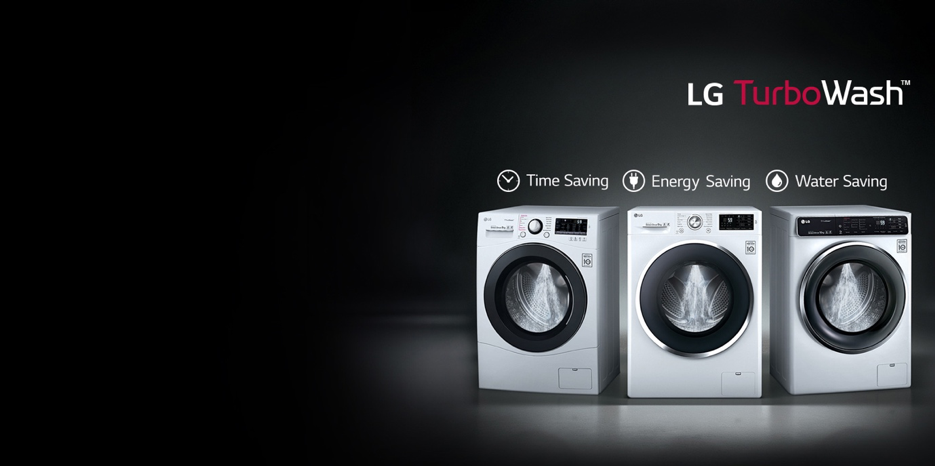Copywriting: When less is more

“For sale: Baby shoes, never worn.”
The above sentence is attributed to Ernest Hemingway, who allegedly bet his friends that he could write an entire story in just six words. As the apocryphal story goes, he wrote the one-sentence story on a bar napkin, passed it around, and promptly collected his winnings.
Regardless of whether Hemingway wrote that story, it reminds us of an important writing maxim: longer does not always equal better.
When an organization is trying to market itself, there is a tendency to over-explain, using lengthy paragraphs to describe every bit of the service or goods being offered. The logic is: telling people about what you do is good, so telling them more must be better, right?
What that approach fails to acknowledge, and what Hemingway’s baby shoes story illustrates, is our ability to extrapolate meaning from small amounts of information. We often forget that the average person can take context clues and hints of information and create full, fairly accurate pictures.
Advertising has often been ahead of the curve on this concept. When radio was king, television was in its infancy, and Life Magazine was on every coffee table, print advertisers believed in guiding audiences every step of the way to win a sale.
Check out this old classic:

Now, look at how LG advertises a washing machine today:

LG knows that giving a small taste of the story is better, because it makes the audience want more.
Ad copy and marketing copy are not entirely the same. While you can be a little oblique in ad copy, when you’re trying to position an idea, product or organization within a specific market, “oblique” can come off vague. But the overarching point is this: You don’t need a lot of words to get your message across effectively; you need the right words.
Whether you’re writing an email blast, web copy, or a press release, you can assume readers will know “this is a sales pitch.” So, skip some of the introductory language that most consumers don’t need or want. By the same token, don’t waste time or words trying to pretend it isn’t a sales pitch.
Concise, precise writing has another effect. Brands that can make their points efficiently project a confidence that doesn’t come across from a brand that feels the need to over-explain itself. Confident brands don’t spend countless words trying to convince their audience that they’re good at what they do.
Let’s try an exercise. Imagine two investment firms. Company A is based in New York City, Company B is based in Chicago, both founded 15 years ago with teams of impressive experience. By sheer coincidence, both firms launch new websites on the same day.
Company A’s homepage has a nice image of a sailboat, and underneath it has a block of copy:
“Company A is a leading financial advisory firm headquartered in New York City. We have many years of experience in the financial services industry, providing the best level of service of any firm in the country. We work with our clients to give accurate, intelligent, forward-thinking advice that is based on the priorities our clients have for the investments that they currently maintain, whether in stock markets, real estate, bonds, or other vehicles. Our staff is comprised of qualified professionals who have spent many years as financial advisors, and who have all earned significant important accolades and awards during their careers in the financial services industry. We are available to offer financial advice to every kind of investor, at every income level from those with small retirement nest eggs to upper echelon investors who own millions in assets. Our solutions provide a clear, understandable, easy-to-grasp path to wealth and prosperity.”
So, at what point did you give up on Company A’s pitch? Did you make it through more than three sentences? Probably not. You got the point – “We’re really good at what we do” – but then it kept going. Ultimately, a prospective client is going to want to find out for themselves anyway, so trying to convince them with an essay is a waste, not to mention they’re trying too hard to show off.
Oh, and note that last sentence: “Our solutions provide a clear, understandable, easy-to-grasp path...” A lot of marketing falls into the “three-element” trap. It’s generally accepted that a list of three things is more effective than one, but here our writer leans too hard on the idea without needing to come up with three elements. That last sentence features three words that all mean the same thing.
Now, let’s look at Company B’s main page copy, under a hero shot of its corporate office building:
“Company B makes wealth happen for our clients. We use experience, intelligence, and creative analysis to ensure that our advice makes sense for every investor.”
Company B’s copy is direct, confident, and persuasive. It suggests that Company B is a good choice in financial advisor without making you sit through endless run-on sentences to get there. You’re going to have a meeting with them to figure out if they can give you the services you’re looking for anyway, so why try to convince you with dry copy that isn’t specifically directed at your needs?
If brevity is the soul of wit, as Shakespeare once said, it’s also the backbone of good professional writing. The key to successful marketing copy isn’t writing a lot, it’s making sure that what you write says a lot.
